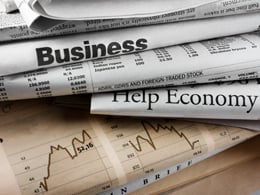Last week’s data was more mixed than in recent weeks, with continued positive news in the housing market offset by weaker-than-expected results in business investment. On balance, both the strong trends in consumer demand and the relative weakness in business continue, and the economy was shown to have done better in the first quarter than was originally thought.














